How to publish a children’s book of your own
The children’s book you create may be the one that starts a young person on his or her lifelong love affair with books. The best children’s books have a powerful ability to shape how we see the world for the rest of our lives. They teach us empathy, a passion for discovery, and the pleasure of learning. Most of us can remember at least one book that inspired us when we were little. For those of us that are still devouring books, you can probably look back and name every favorite book from 5 to 15 years old! If you’re inspired to create one of your own, we’ve put together the following guide to help you do just that.
How to create a children’s book
Creating a children’s book is a unique process in the book world because your audience is so special. Here are some considerations in each step of the process that are particular to children’s books:
1. Getting your idea
The first thing you need is a good idea for a story—one with a beginning, middle, and end—one that has some heart. You might have to work through a few ideas before you find one that’ll work for you. If you have children or grandchildren, spend some time getting to know what they like. As you talk to them, keep a list of children’s book ideas. What do they find funny, fascinating, scary, or frustrating? Work these elements into your story. Studying the kids around you is more reliable than trying to remember what it was like to be a kid yourself.
You could come up with an idea that has never been written before, or you could put a spin on an existing idea by adding a new perspective. You can take an existing idea like vampires or wizards and write your own tale that engages kids and their imagination.
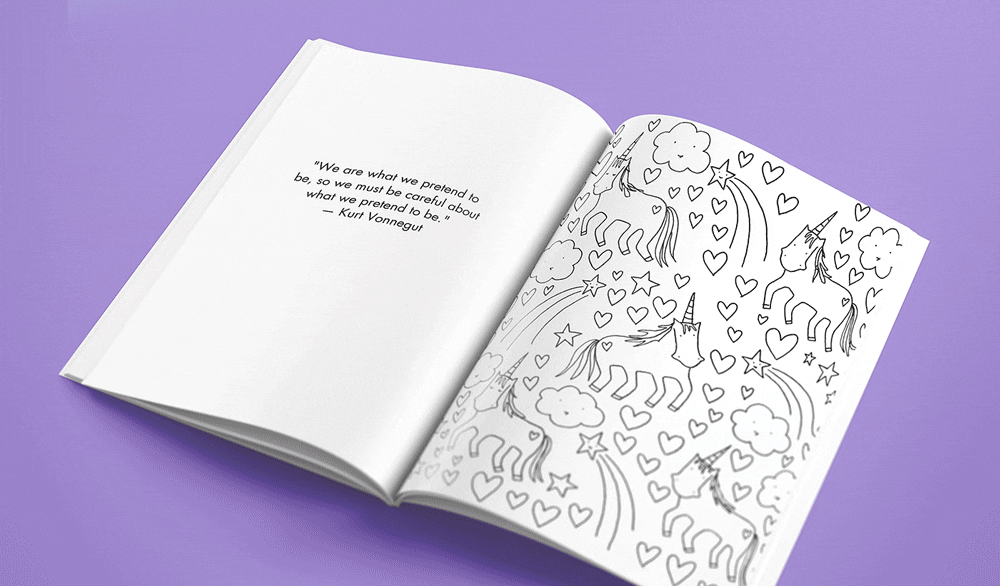
2. Writing
A typical children’s picture book is written with 500 and 750 words. This means that every single word has to work really hard. Children’s books are typically written with one central protagonist that is the same age, or a relatable age, as your target reader. Even if your main character is a tiger, the tiger will move through the world as if it were 4-5 years old. There is room for one central story where the protagonist learns, discovers, or grows through something, and there is a clear resolution. The theme doesn’t have to be entirely original; in fact, it’s more likely to be something common and universal to being human.
Remember that children’s picture books are typically read aloud, so write sentences short, clear, and even musical. Use poetic devices like rhyme, repetition, or even meter. Dr. Seuss’s Green Eggs and Ham has a famously complicated poetic meter, executed brilliantly.
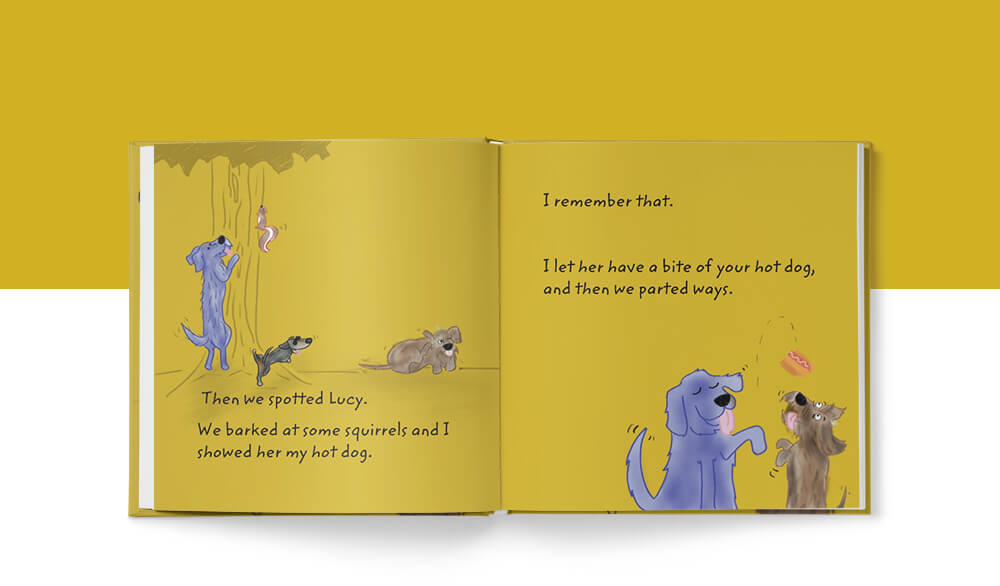
It’s important to inspire kids, but it’s also important to develop characters that do not talk down to the audience. You should have a set age range for your target reader, and every character should have a voice that speaks to the appropriate age range. Telling stories to the appropriate target age will ensure that your readers are inspired and not bored.
3. Illustrating
A children’s book is often a collaboration between a writer and an illustrator, but if you do decide to do it yourself, consider a hybrid between digital and analog drawing. Backgrounds, scenery, and layouts will be easier and more consistent if they’re managed digitally. Here are a few keys to children’s book illustration:
a) Characters need clear, even exaggerated emotional expressions. Remember that your audience has a limited emotional vocabulary and is just starting to learn visual cues for feelings. Practice drawing your main characters in a variety of situations. That way, you’ll have a range of distinguished emotions that align with your plot.
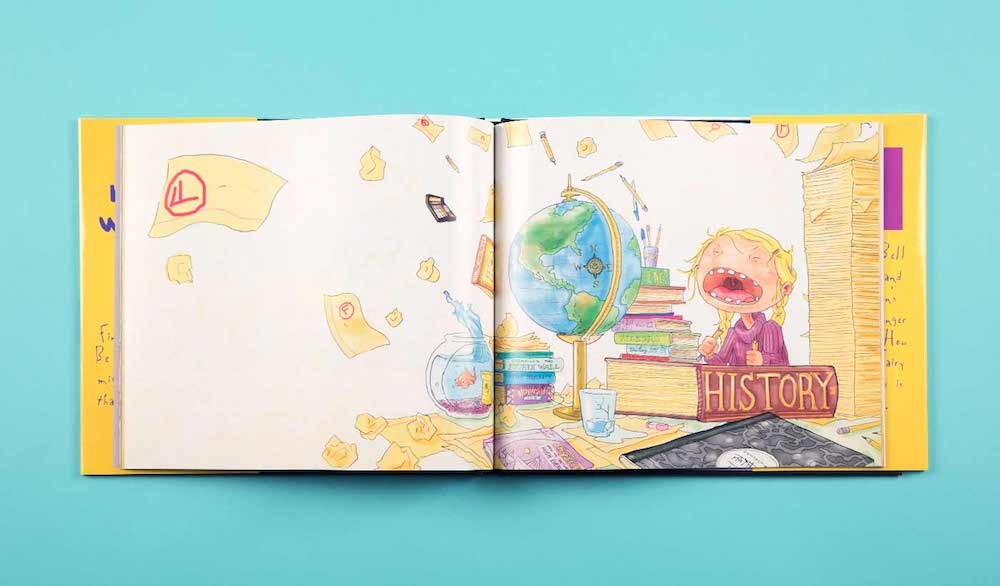
b) Use bright colors, but be consistent. Bright colors have a lot of appeal with a younger audience, but they must be used consistently from page to page in the same way to mean the same things so as not to confuse your readers.
c) In a children’s picture book, remember you’re designing and illustrating for 20-40 pages. The illustrations and layouts will play a strong role in the pagination of the text, and it’s important that you move the story along in the pages at a good pace. You’ll have to ensure that too much or too little doesn’t occur on each page. Every page should carry equal weight in moving the plot and characterization along toward the resolution.
If you go with self-publishing your children’s book, make sure you see an illustrator’s portfolio and find one that matches your book’s style. The style should be consistent within the artist’s portfolio to ensure that they will provide you with similar illustrations matching your personal style to go along with the story.
4. Printing
If you’re self-publishing a children’s book, you get to have a say in the physical appearance of the book! Will it be a big, bold book? A small book for little hands? Will it be a softcover or hardcover book? Glossy pages or soft, matte ones? Whatever you decide, remember you’re balancing the cost of the book, rendering of images and colors, and durability. Unlike most visual books, children’s books will take a beating. You’ll also want to be sure you don’t price yourself out of the children’s book market by choosing a paper that’s too expensive.
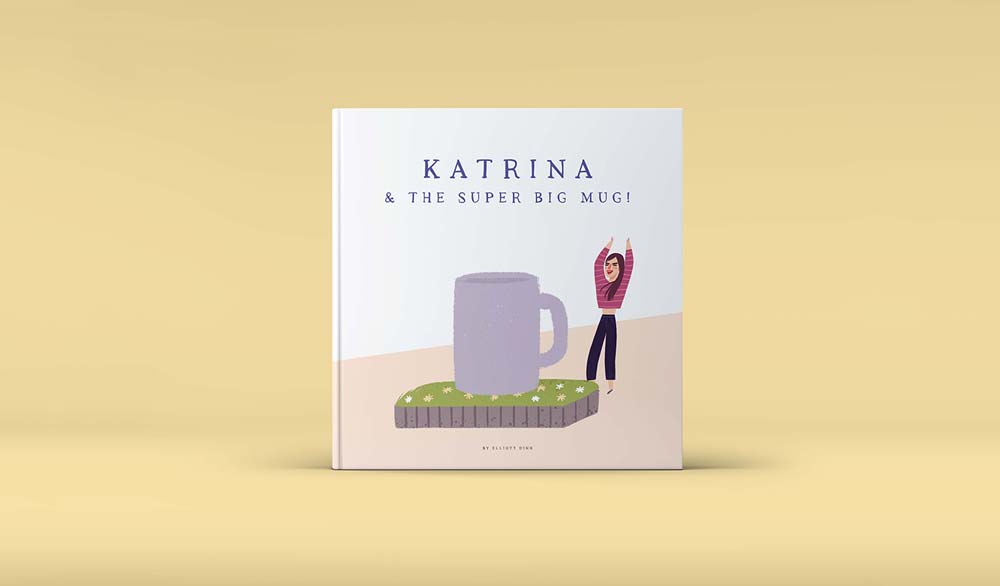
How to traditionally publish a children’s book
Most people approach how to publish a children’s book with little or no understanding of the industry. You must do your homework and immerse yourself in children’s books created for the age group you think works with your story. Note language trends, illustration trends, common patterns in story arcs. An in-depth understanding of current children’s books—not just your childhood favorites—will help you understand what might sell and where your story fits in the market. You’ll also need a crystal-clear understanding of where your book fits in the common age brackets for published children’s literature.
Traditional children’s book publishing involves writing a good query letter and securing an agent, getting placed at a publishing house, pairing your story with an illustrator, and going through that publisher’s design and editorial process. Not only is this highly selective, but the timeline for a children’s book publication is anywhere from 1 to 6 years. Chronicle Books is one of the few traditional publishers that doesn’t require an agent and who have continued to read through unsolicited submissions, but you’re still competing with over 1000 submissions every month. It’s a long and difficult road in traditional publishing.
Traditional publishing is better for new authors or writers unfamiliar with the marketing behind publishing and selling books. The publisher takes care of all the marketing, sales, and printing and pays the author a fee. A traditional publisher might reach more readers, but you have more freedom to price your book and market should you decide to self-publish.
How to self-publish a children’s book
Self-publishing a children’s book is a different journey. You get total control of the final version, and the process takes only as long as you do. You’ll have the final say on the writing and illustration, but you’ll have to manage both yourself. Either you’ll do the storytelling and the drawing, or find someone to do the other half where you can team up. The fun part is that it’s all up to you!
When you self-publish a book, you do all the heavy lifting when it comes to funding the project and getting it out into the world. You can do a Kickstarter like Meg Smiley to fund a large order.
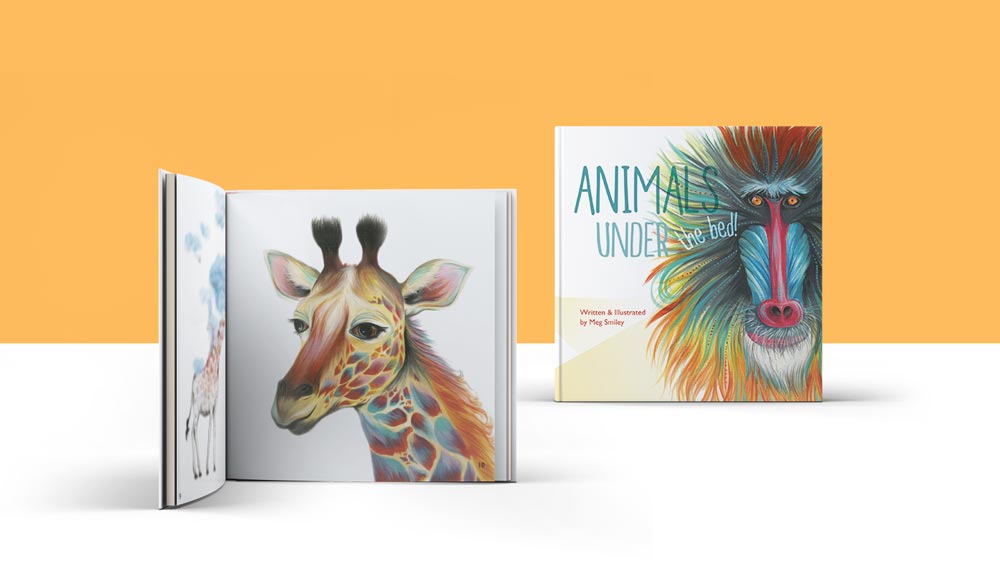
Or you can sell your book print-on-demand, like illustrator Nicholas Sutton Bell.
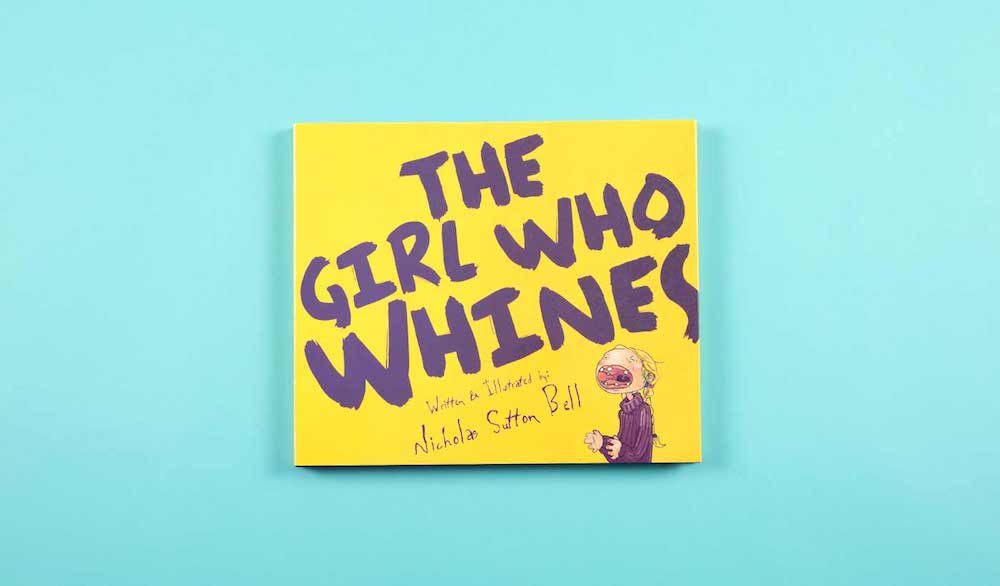
A large print run, especially if it’s done offset, will lower your cost per copy by as much as 75%, but it’ll also take longer and require an order of at least 1000 copies. You’ll have more on hand to sell and possibly place in stores on consignment, but you’ll also have to handle all the warehousing and fulfillment yourself or pay someone else, which increases the costs. Going print-on-demand solves the problems of funding a large order and warehousing and fulfillment, but it significantly increases your cost per copy, lowering your margin and sometimes your ability to sell because of the cost to print it. Ultimately, you’ll decide what works best for your budget and your project. You can even do both types of printing if you find a need.
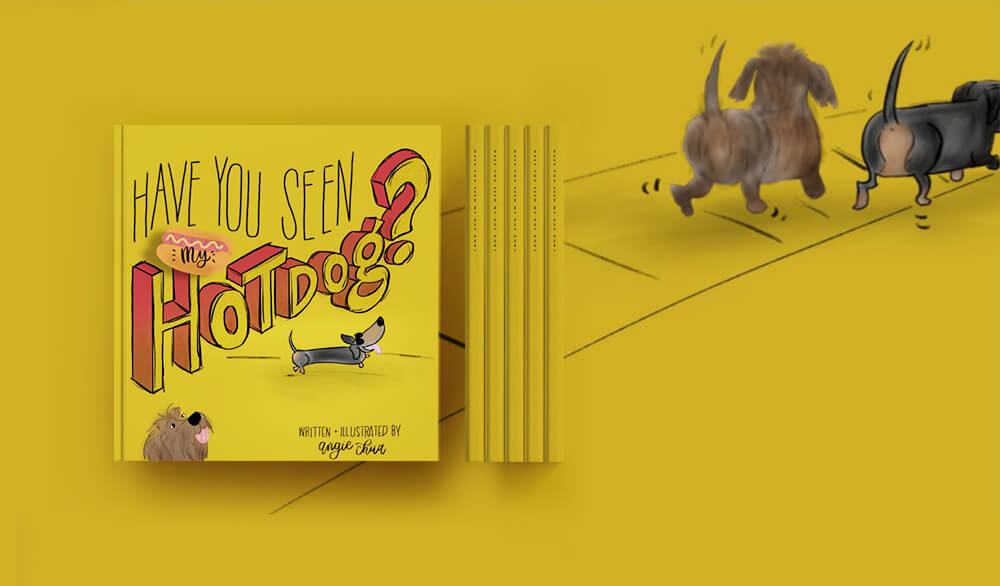
Tips for successfully publishing your children’s book
1. Know the market
Knowing your market is crucial to engaging readers and selling your book. The older the child, the larger the book. For example, picture books for children under six might have fewer than 1000 words, but a young adult novel could have up to 100,000 words.
To know the market, you first must research it. Research what is popular and what sells in a brick-and-mortar store. Children’s books are usually bigger sellers in brick-and-mortar stores rather than online, so you should do the leg work to find out the books that will be competing with your ideas.
2. Edit and refine
After you finish writing your draft, you’re not finished. A good manuscript requires rewriting and refining your story and ideas. You should always take the time to self-edit to avoid obvious errors in the content. As you reread your content for errors, you will find plot holes and issues that can then be rewritten and improved. This process will ensure that you have a good story to show editors and publishers.
Some writers prefer to get feedback from other people. You can join writing communities, consult with professional editors, and send your draft to test readers so that you can get feedback. After feedback, incorporate it into your manuscript and refine your manuscript again. Refining and editing can be a long process until you consider the manuscript complete.
3. Get an agent
Pitching your story to a publisher requires understanding the industry. An agent not only understands the publishing industry, but agents have the contacts and networking to choose the right publisher. An agent’s job is to sell your book, so you should find an agent who specializes in children’s books.
Once you find an agent, you must pitch your idea to them. Make sure to read their pitch requirements to ensure that you send the right number of pages from your manuscript. After you find an agent, the work isn’t over. The agent still needs to sell your manuscript, but sending the right pitch and finding an agent that focuses on children’s book will improve your chance for success.
4. Submit to publishers
If you can’t find an agent, you must submit to publishers yourself. Pay particular attention to the publishers you find. Some publishers will not take submissions from writers with no agent. You must submit to publishers that accept “unagented submissions.” Searching for the right publisher requires the same research as searching for an agent. You should find a publisher that specializes in children’s books. Many publishers publicly state the types of books that they are currently searching to read and sell.
Beware of vanity publishers. These publishers prey on new writers desperate for a chance to publish their books. If a publisher wants you to pay for publishing, run away!
5. Market
Should you find an interested publisher, the publisher takes on much of the marketing. If you decide to self-publish, you must take on the marketing yourself. Marketing is a full-time job, so get ready to put a lot of work into acquiring readers and visibility for your book.
You have several ways that you can market:
- Work with influencers. Get influencers on social media to read the book and post feedback and referrals on their public feeds.
- Look to online communities. Online communities focused on test reading and providing feedback to authors will start conversations about your book.
- Read your book at schools. Most schools love authors to read their books to kids. It gets your book noticed and opens the doors for parents to discuss your story.
- Create a website. To give readers and potential buyers information about your story, create a simple website that explains your goals, has an “about the author” section, and provides information about your book. You can also post a link to let your readers know where you’re selling your book.
Self-publishing a children’s book with Blurb
When you self-publish a children’s book with Blurb, you call the shots. You create your children’s book the way you envisioned, on your own timeline that depends only on the length of your creative process and the time it takes to print. The price is up to you, and you keep all the profit—often with a higher margin than you would have had publishing traditionally. We can even help you list your book on Amazon or with Ingram, making it available to order in stores. You can even sell it for free on your own personal storefront in the Blurb Bookstore.
Ready to make your very own children’s book? Learn more today!

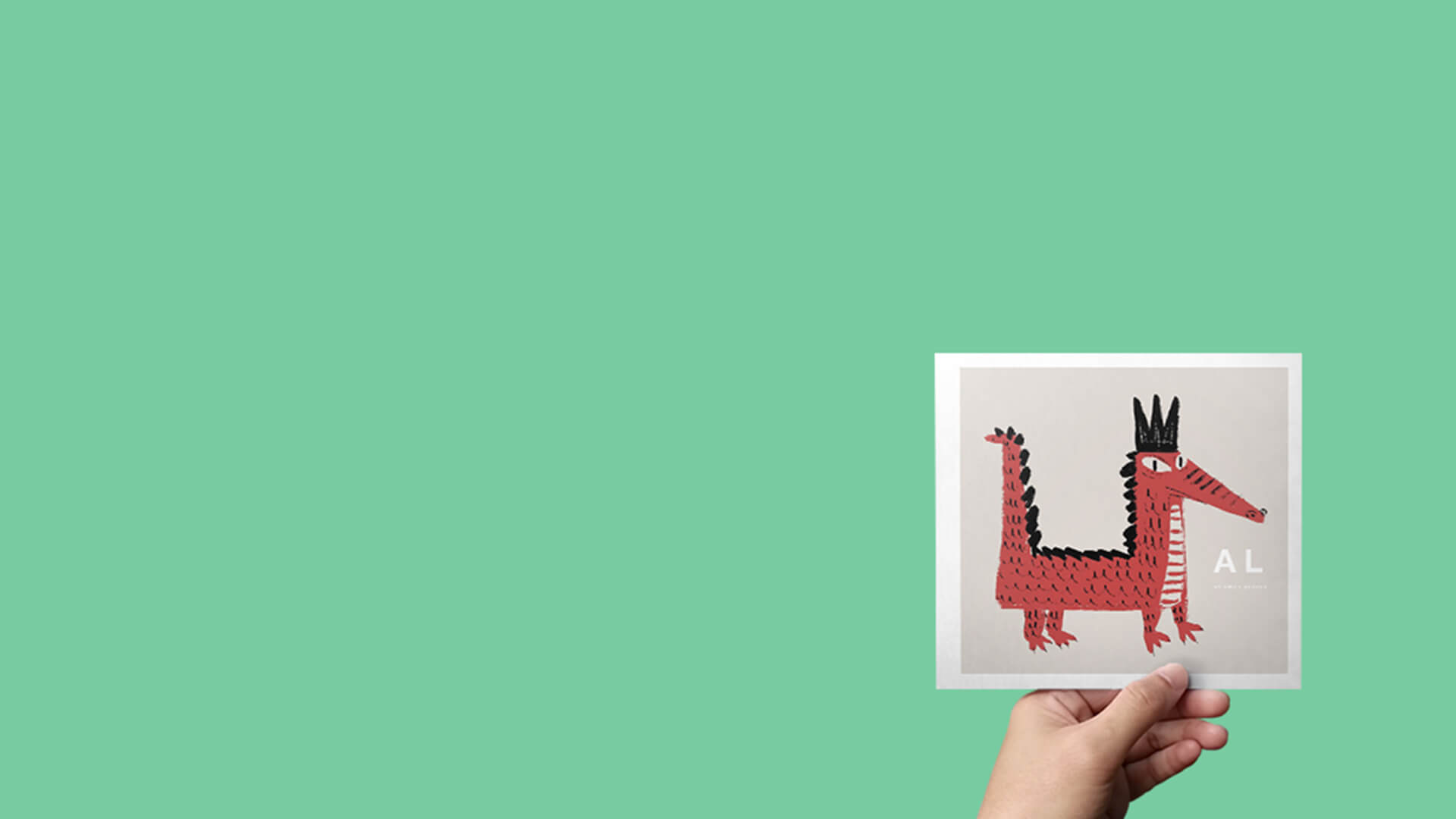
This post doesn't have any comment. Be the first one!